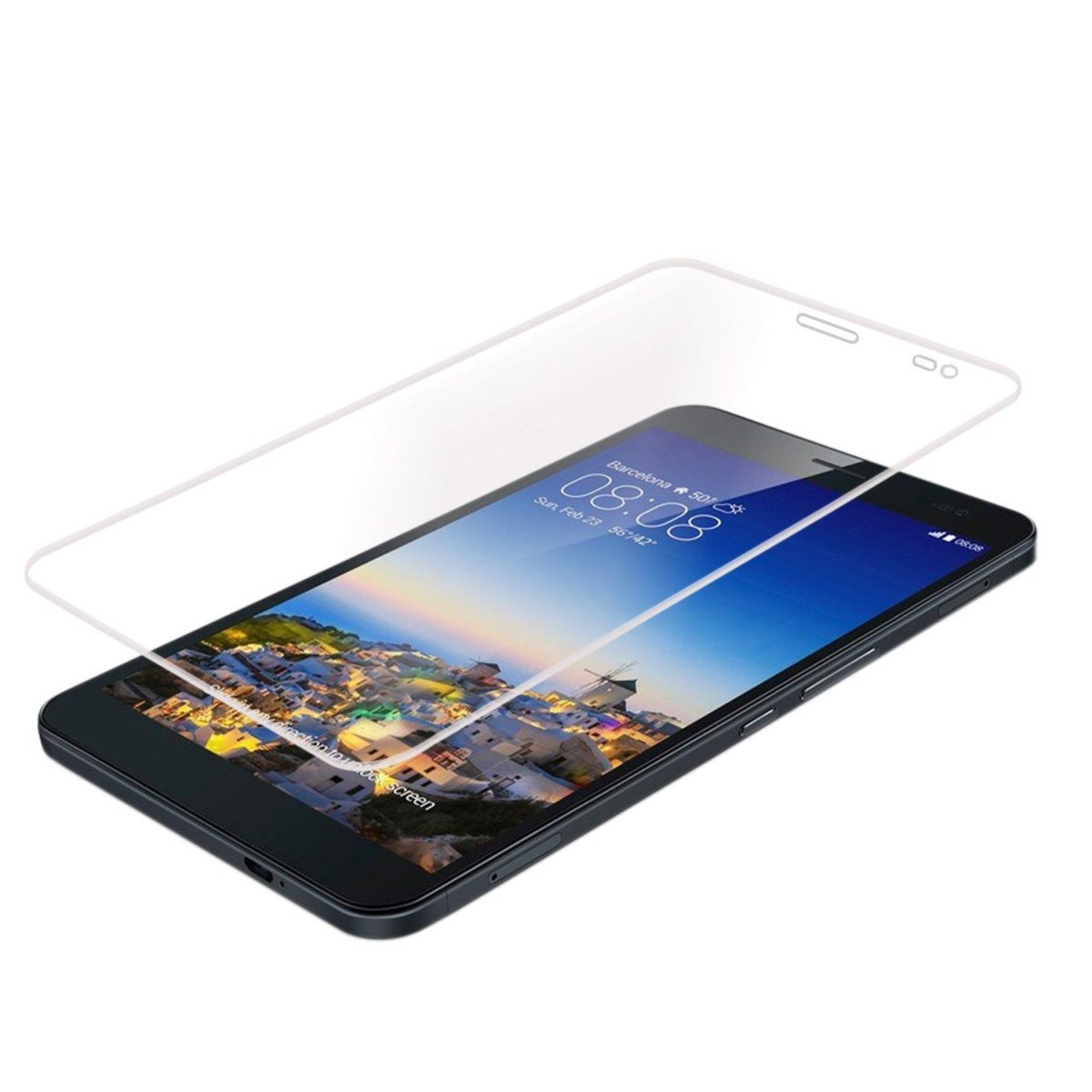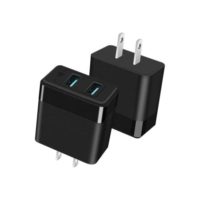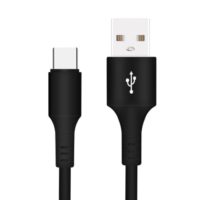Mobile Phone Screen Protectors
Everybody knows how important it is to a screen display to any electronic device that needs the touch-screen function to operate. That’s especially when a mobile phone nowadays is so dependent on the screen display. Given that we use our mobile phone most of the time for streaming videos, browsing the internet, taking photos; a phone without a screen is almost defying the purpose of a mobile phone in the first place. With that much of the attention given to the screen displays, equal care should be granted too. A good way to start is by identifying the type of screen protectors, the materials, and their purposes.
Though the typical reasons we all screen protectors are to avoid scratches from plaguing our phone’s screen. But, did you know there are also screen protectors that are here to withstand more impactful damages? Find out what’s best screen protectors you can get today!

Types Of Screen Protectors
TPU Plastic Screen Protector
Most of the time, screen protectors come in different forms and features distinctive functionalities that come with pros and cons. Typically, protectors made from TPU Plastic aims to prevent light scratching on your phones. This kind of screen guard comes in the form of a thin plastic film with or without a color filter. It adhesive and it’s easy to install on your mobile phone. However, TPU plastic screen protectors tend to wear out faster, especially if you’re rugged with your phone.
Tempered Glass Screen Protector
Dropping your phone is a common accident when it comes to mobile phones. Sudden movements can lead to your phone slipping-off of your hand or pockets accidentally. If you are looking for a TPU alternative, the tempered glass screen protector is the one for you. This kind of screen guard is the most durable out of the three. It can withstand scratches and fall damage. But if you drop your phone from an extensive height, the tempered glass will surely shatter. This is normal as it gives your phone that extra layer to protect the screen from damage.
PET Plastic Screen Protector
So, if your phone tends to slip off your hand frequently, the TPU material might not be the best choice. Instead, you should opt for the PET Plastic screen protector as its material is far more scratch-resistant. It won’t cost much considering its durability. But the downside is, it is harder to remove as compared to TPU screen protectors. Another downside of TPU plastic is that it is not that resistant to fall damage.
Multi-Layered Screen Protector
This type of screen protector is the best if you’re seeking extensive protection from knocks and scratches. As the name implies, this kind of screen guard has many layers for added protection. It’s thick enough to withstand a stronger impact. The substantial layers are here to make sure your phone display is well-intact even if the screen protectors are shattered.
Ultra-Clear
Ultra-Clear variants protect your screen while also giving maximum clarity. If you crave a screen protector that protects without unnecessary tints, glares nor extra effects, this is a great fit. It serves the purpose and you’ll be able to see and feel your screen as if there’s nothing is on top of it.
Anti-Glare Screen Protector
The anti-glare screen protector can help to reduce glares on your LCD screen. This type of protector can aid in reducing eye strain which is ideal for users who are using devices under bright light exposure.
Typically, it features a matte finish coating that’s perfect to reduce fingerprints left on the screen. It usually comes with an anti-scratch coating and the non-adhesive backing leaves zero to non-sticky residues on the screen. The only downside of this type of screen protector is it tends to decrease clarity.
Privacy Protect Screen Protector
Privacy protectors are made to shield your screen content from the prying eyes. It’s created in a way to make your screen content less noticeable when the phone is tilted at an angle. If you’re a business user who reads company data or personal emails on the go, you might want to opt for this.
Mirror Screen Protector
Mirror Screen guards allow an effect that is the same with chromed-out products. What it does is allows your phone screen to produce a clear reflection as a mirror would. This is perfect for people who use their phone screens to act as a secondary mirror and is especially helpful when applying make-up or checking for facial irregularities.

How To Apply Screen Protectors Properly?
There’s only one reason why it’s hard to apply screen protectors — wrong techniques. Though many would have just preferred to seek professional help, you wouldn’t have guessed that it’s surprisingly easy to just do it at home. Not only it’s cheaper to DIY, but it’s also far more convenient. All you need is the correct tools and skills to do it. However, we don’t deny you might need some practice, but once you’ve got a hang of it, you’ll probably never want to look for any specialists anymore.
One of the most crucial steps is by choosing the correct type of screen protector. Regardless if it’s anti-scratch or anti-spy protectors, all you need is to decide on a screen protector. The last thing you want is to peel and sticks your screen protectors over and over again. Once you’ve decided on a screen protector, here’s what you need to stick them flawlessly.
- Clean your screen with alcohol wipes. Make sure there are no fingerprints or dust on the screen before you attach the screen protector.
- Once you’re done, peel off only a quarter to half of the protective film off the screen protector to reveal the adhesive. Align the screen protector to your screen’s display, adjust accordingly before you stick it onto the screen.
- Do not install the whole protector directly onto the screen. Instead, slowly make your way to adhere the screen protector from top to bottom to avoid air bubbles. We recommend you to use a towel to rub the layer as you’re applying it.
- Once you’ve placed the screen protector, you can remove the trapped air bubbles by pushing out them out of the screen. Do note that you might want to apply some force to get them out of the way.







Leave A Comment